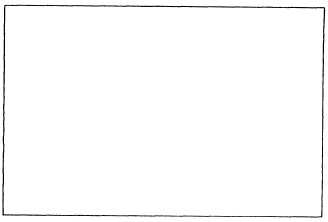3-29.
From a given camera-to-subject
distance, what scene requires the
fastest shutter speed to stop image
movement?
1. A
2. B
3. C
4. D
Learning Objective:
Recognize
factors that affect the exposure
of photographic film.
3-30.
What two factors control camera
exposure?
1.
Lens speed and film speed
2.
Shutter speed and lens aperture
3.
Lens aperture and film speed
4.
Film speed and reflected light
quality
3-31.
Your light meter indicates that
1/500 second at f/5.6 will properly
expose the film.
However, you
prefer greater depth of field in
the scene.
Which of the following
equivalent exposures should you
use?
1.
1/1000 second at f/4
2.
1/250 second at f/11
3.
1/125 second at f/8
4.
1/60 second at f/16
3-32.
Which of the following equations
represents exposure?
1. E = I + T
2. H = E ÷ T
3. E = I x T
4. I = E x T
3-33.
Your light meter indicates an
exposure of 1/60 second at f/4
with Ektachrome ISO 100 film.
You
then change the film in the camera
with Ektachrome ISO 400 film.
When
photographing the same subject
under the same lighting conditions,
which of the following camera
settings should you make?
1.
1/60 second at f/5.6
2.
1/60 second at f/8
3.
1/500 second at f/4
4.
1/500 second at f/8
3-34.
On a clear, bright, and cloudless
day,
the intensity of light remains
constant.
1.
True
2.
False
DAYLIGHT CONDITIONS
A.
Bright or hazy sun
on light sand or snow
B.
Bright
C.
Cloudy bright
D.
Cloudy
E.
Heavy overcast or shade
Figure 3B
IN ANSWERING QUESTIONS 3-35 THROUGH 3-39,
REFER TO FIGURE 3B AND SELECT THE DAYLIGHT
CONDITION THAT BEST APPLIES TO THE
STATEMENT USED AS THE QUESTION.
3-35.
The type of daylight upon which
basic exposure for an average
scene is based:
1. A
2. B
3. C
4. D
20

